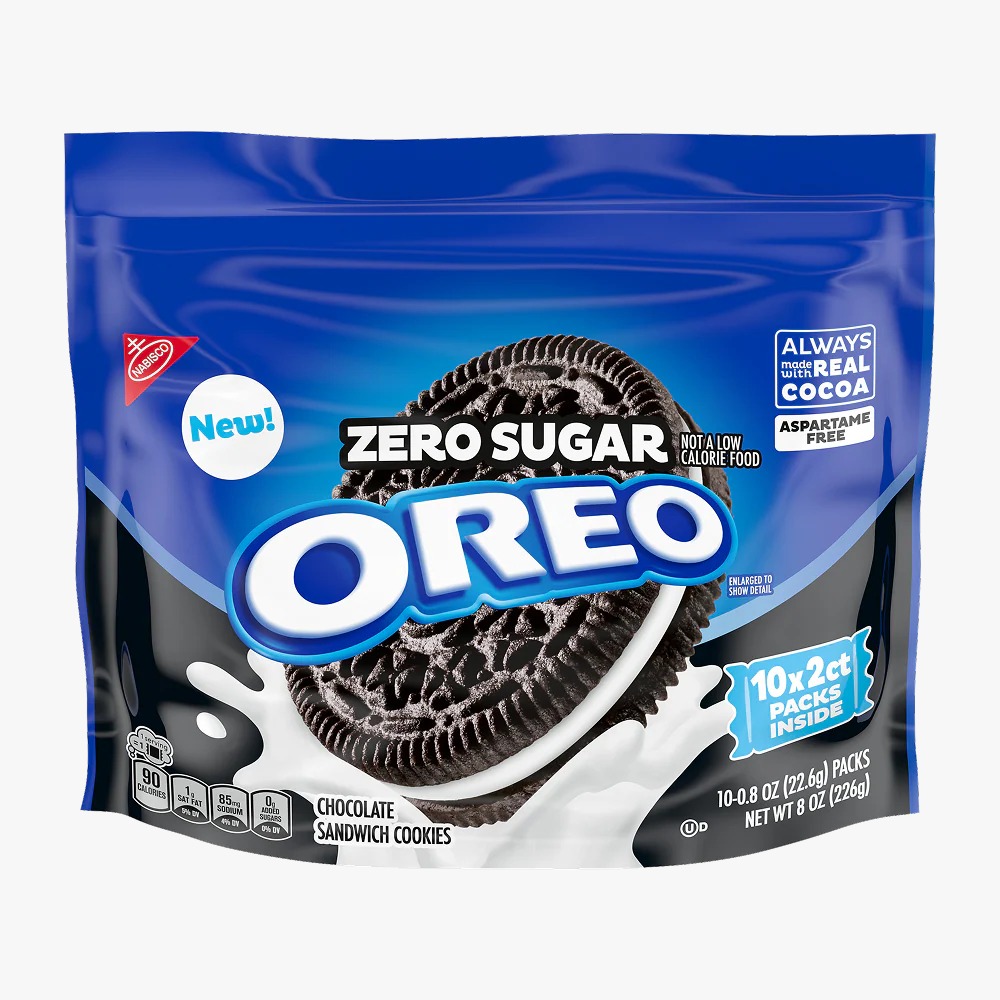PhotoCredit:istock
I clearly had three children because I love to cook so much and needed somebody to do the dishes. One or two kids wouldn't suffice considering the volume of pots and pans I employ. Yet even with three helpers, life is perpetually hectic, which means we are always looking for ways to cut corners without compromising dinner.
As the school year reaches a fever pitch and final exams loom, we are making meals as simple and with as few dishes as possible so my children can resume their all-important studying and get to bed on time.
Our trick? The sheet-pan supper: Every morsel that we eat for dinner goes on one sheet pan to be cooked in the oven. Yes, just one pan to scrub, and no need for the stovetop, a slow cooker, a grill, a microwave or other equipment.
It's old news that all kinds of vegetables roast splendidly on a sheet pan. Starchy vegetables such as squash, carrots, radishes and potatoes; green varieties such as broccoli, asparagus and Brussels sprouts; and leafy greens such as romaine and kale roast effortlessly with nothing more than a splash of olive oil and salt.
We have been experimenting by adding assorted proteins to the pan of vegetables and have found success with everything we tested: chicken breasts, chicken thighs, whole chickens, pork loins, steak, sausages, tofu, shrimp, clams and every variety of fish fillet. Beans and chickpeas become crunchy on the outside yet tender on the inside when roasted. Olives, capers and dried fruits such as apricots and figs add a ton of flavor. Even eggs work: Cook a full pan of vegetables for 10 to 15 minutes or leafy greens for 5 minutes, then make divots into the vegetables and crack eggs into the holes. Cook for 10 to 15 minutes more for the whites to set and the yolks to remain a bit runny.
Generally, most vegetables, fish and meats cook at 400 to 425 degrees, shrimp at 400, eggs at 350 and meatballs at 300, and some steaks can be broiled. Timing depends on the type, size and thickness of the protein. There are a variety of recipes available online.
There is science behind the sheet pan's success: The shallow sides allow the oven to heat the foods evenly, and this uniform heat draws out the natural sugars in vegetables and fruits, yielding a crispy, brown exterior and a surprisingly tender and juicy interior. Meanwhile, the fats from the protein on the sheet pan moisten and enrich the flavor of the neighboring foods, much like what happens in a slow cooker or crockpot. A sheet pan is a significantly less expensive investment than that slow cooker, yet similarly saves time.
Don't be embarrassed if your sheet pan looks as though you've never properly washed it. Mine certainly does, and my boys are quite skilled at cleaning. Nobody should judge the appearance of your pans, because any baked-on oil helps foods caramelize and acts as a nonstick surface without a hazardous chemical surfacing. Cookies and other baked goods might benefit from a cleaner, more uniform pan, but meats and vegetables do not suffer from a little texture or patina.
A few of our favorite sheet-pan supper combinations:
- Sausage, a few whole tomatoes and a pint of cherry tomatoes tossed with oil, salt and pepper. Serve with a toasted bun if desired.
- Bok choy, sliced mushrooms and sugar snap peas tossed with olive oil, garlic and ginger paired with salt-and-peppered salmon fillets.
- Skirt steak with white beans and asparagus, served with a horseradish or steak sauce.
- Seasoned tofu with sliced peppers and onions.
- Mediterranean whitefish with potatoes, herbs, capers and olives.
- Chicken thighs, bone-in with skin, with sliced acorn squash, apples and onions.
- Fajitas made from roasted sliced skinless chicken breasts, peppers, onions, jalapenos and beans. Warm the tortillas next to the pan for the final few minutes of cooking.
(c) 2016, The Washington Post






